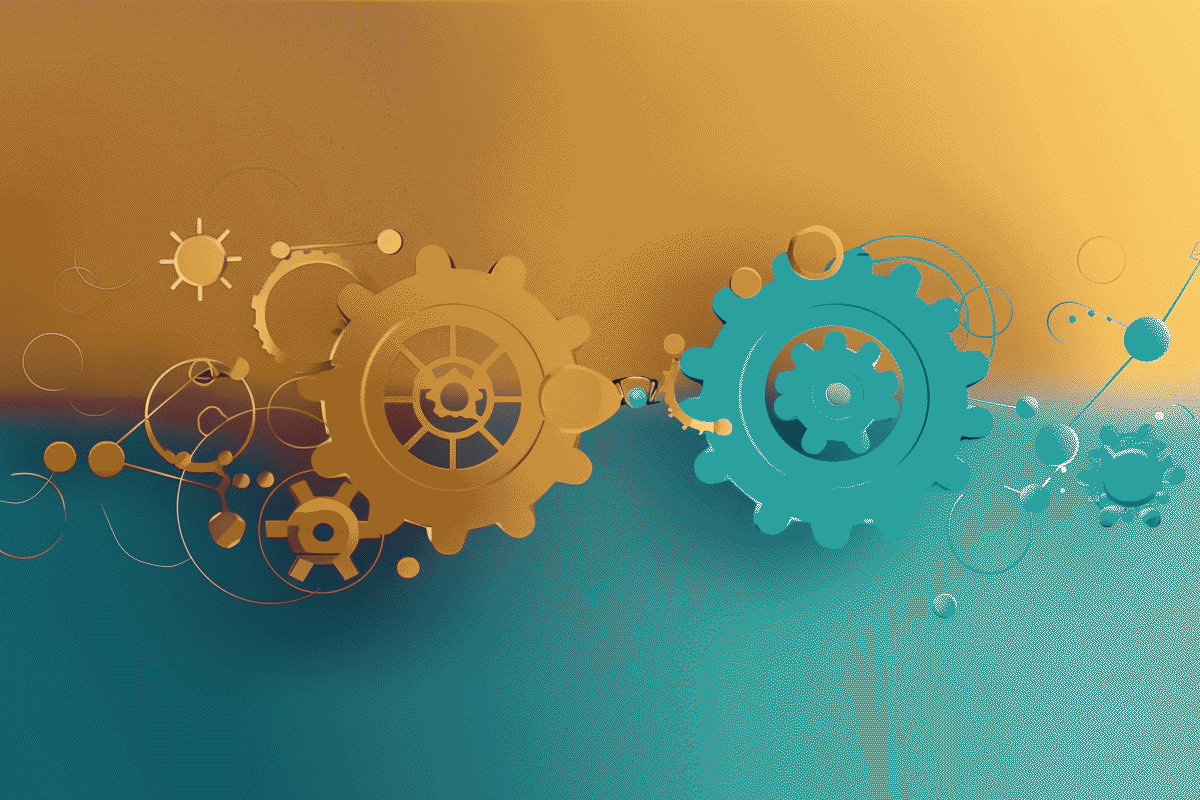Comparing Akka vs. Agentic Workflows: Choosing the Right Framework for Your Application
- 5 minutes read - 854 words
Table of Contents
Different frameworks offer unique strengths and capabilities in artificial intelligence and distributed systems. Two such frameworks are Akka and agentic workflows. While agentic workflows enable AI agents to reflect, plan, and collaborate, Akka provides a robust toolkit for building highly concurrent, distributed, and resilient message-driven applications. This blog post compares these two frameworks, exploring how and why Akka might be preferable over an agentic workflow framework for specific applications.
Understanding Akka and Agentic Workflows
Akka: The Backbone of Reactive Systems
Akka is a powerful toolkit and runtime for building concurrent, distributed, and fault-tolerant applications on the JVM. It is designed around the actor model, simplifying the development of highly scalable and resilient systems. Critical features of Akka include:
- Actor Model: Akka uses actors to encapsulate state and behavior, ensuring that concurrent operations are handled efficiently and safely.
- Message-Driven: Actors communicate through asynchronous message passing, decoupling the sender and receiver and enhancing scalability.
- Fault Tolerance: Akka’s supervision strategy allows actors to monitor and manage failures, making systems more resilient.
- Cluster and Distributed Data: Akka provides tools for building distributed systems with features like clustering, sharding, and distributed data storage.
Agentic Workflows: Intelligent and Reflective AI Agents
Agentic workflows focus on enabling AI agents to autonomously reflect, plan, and collaborate. These workflows are characterized by:
- Self-Reflection: AI agents can critically evaluate and improve their outputs.
- Tool Use: Agents leverage external tools to gather information and perform tasks.
- Strategic Planning: Agents develop and execute multi-step plans to achieve goals.
- Multi-Agent Collaboration: Multiple agents work together, each with specialized roles, to solve complex problems.
Akka vs. Agentic Workflows: A Comparative Analysis
Concurrency and Scalability
- Akka: Akka’s actor model excels at managing concurrency and scalability. Actors operate independently and communicate asynchronously, making scaling applications horizontally across multiple nodes easy.
- Agentic Workflows: While agentic workflows support multi-agent collaboration, they are primarily designed for intelligent task execution rather than handling massive concurrency. Scaling these workflows might require additional infrastructure and design considerations.
Fault Tolerance and Resilience
- Akka: Built-in fault tolerance mechanisms in Akka, such as actor supervision and recovery strategies, ensure that systems can gracefully recover from failures. This makes Akka ideal for building resilient systems.
- Agentic Workflows: While agentic workflows involve reflective and iterative processes, they do not inherently provide the same fault tolerance and resilience level as Akka. Additional layers of error handling and recovery would be necessary.
Development Focus
- Akka: Akka is geared towards developers building highly concurrent, distributed systems where performance, scalability, and resilience are paramount. It suits applications requiring robust backend processing, real-time data processing, and large-scale microservices architectures.
- Agentic Workflows: Agentic workflows are tailored for AI applications where agents must reflect, plan, and collaborate. These workflows are ideal for scenarios requiring complex problem-solving, decision-making, and autonomous task execution.
Tool Integration and Extensibility
- Akka: Akka integrates well with other tools and frameworks within the JVM ecosystem, offering extensive libraries and modules for various functionalities. Its modular architecture allows developers to extend and customize the framework as needed.
- Agentic Workflows: Agentic workflows benefit from integrating diverse tools for information gathering and task execution. However, incorporating these tools into the workflow may require more bespoke solutions than the standardized approach in Akka.
When to Choose Akka Over Agentic Workflows
Use Case Scenarios for Akka
- Real-Time Data Processing: Akka’s concurrency model benefits applications requiring high-throughput, low-latency data processing.
- Resilient Distributed Systems: Systems that must maintain high availability and fault tolerance in distributed environments are well-suited for Akka.
- Scalable Microservices: Akka’s actor model and clustering capabilities are ideal for developing scalable microservices architectures.
Use Case Scenarios for Agentic Workflows
- AI Decision-Making: Agentic workflows will benefit applications where AI agents must plan, reflect, and collaborate autonomously.
- Complex Problem Solving: Agentic workflows are ideal for scenarios that require iterative and self-improving processes, such as advanced data analysis and research.
Conclusion
While both Akka and agentic workflows offer unique advantages, choosing between them depends on your application’s requirements. Akka excels in building concurrent, distributed, and resilient systems, making it a strong candidate for real-time processing and scalable microservices. On the other hand, agentic workflows are tailored for intelligent and reflective AI applications, enabling advanced decision-making and problem-solving capabilities. Understanding the strengths of each framework will help you make an informed decision and leverage the right tools for your project.
Implementing an agentic workflow with Akka is possible because actors and agents are similar concepts. Using Akka instead of a Python-based agentic framework means additional costs and implementation effort. If concurrency and latency are an issue, the effort could be justified. Akka is most suited for use cases with massive data streams. Depending on how many messages the AI or LLM sends, there might be a bottleneck. In some use cases, it could be helpful to integrate AI in the Edge components of a system architecture to achieve a more distributed system load.
Sources:
- https://doc.akka.io/docs/akka/current/typed/guide/introduction.html
- https://en.wikipedia.org/wiki/Akka_%28toolkit%29
- https://github.com/PR-Pilot-AI/smart-workflows
- https://blog.stackademic.com/exploring-agentic-workflows-in-ai-a-practical-approach-with-crewai-operouter-ai-and-openhermes-cb7abd493285
- https://doc.akka.io/docs/akka/current/stream/operators/index.html
- https://blog.langchain.dev/unleashing-the-power-of-ai-collaboration-with-parallelized-llm-agent-actor-trees/
- https://github.com/shaman-ai/agent-actors?ref=blog.langchain.dev


